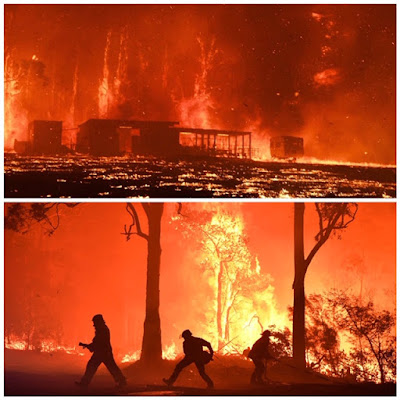The 10th annual South Coast Wine Show will take place on the 23rd January 2009. Preparations are well in hand and publicity for the event is underway. Details are available on:
But what is a wine show and what happens there?
Simply put, a wine show is an opportunity for wine producers to submit their wines for evaluation by experienced judges.
The wines are divided into various sections and classes eg. variety, style, blend, age etc. and are then given a score, usually out of 20 according to a number of criteria, 3 points for colour, 7 for nose and 10 for palate by each judge. Depending on the average of those scores, medals as well as trophies are awarded.
Gold medal 18.5 – 20.0 points
Silver medal 17.0 – 18.4 points
Bronze medal 15.5 – 16.9 points
These shows can be all encompassing ie. international, national or state, or regional, like ours, where only wines made from grapes of a particular region are eligible.
Wine shows can also be variety driven eg. the Canberra International Riesling Challenge as well as having other restrictions eg. winery size, with the Australian Small Winemakers Show (ASWS)
being a prime example.
Wine shows are held under guidelines developed by the Australian Society of Viticulture and Oenology. Specific details can be found at:
Wines submitted to the organizing committee are sorted into the various classes pre show and each wine in that class is given a specific number.
On show day, tables are set up with numbered white tasting boards on white table cloths. White assists in color evaluation. Samples of each wine in a class are then poured, in order of their catalogued number, into glasses placed on the numbered board, one glass per judge. They then proceed to evaluate each wine by swirling it around the mouth and spitting out (no swallowing!), making notes and finally giving each wine a score on a sheet numbered according to its place on the board. Under this system, each wine is completely anonymous.
Discussion about results, especially those that indicate a medal possibility, then take place under the control of the chief judge. If any descrepancies or great differences of opinion are evident, a re tasting and reevaluation may take place. When the results are finalised these judging sheets are passed onto the collator who processes them.
The judges then move onto the next class at another table which has been organised during the intervening period.
The used glasses are removed, replaced with clean ones, and the process continues class by class.
The judges usually, but not always, like to taste in a specific order eg. whites, older whites, sweet whites, roses and light reds, reds, older reds and finally fortified wines.
In our show, around 170 wines are judged. This takes all day taking into account lunch and other breaks.
Looking more closely at the three criterea;
Colour means hue, color density and clarity. White wines range from water white to a deep straw yellow or maybe amber depending on the grape variety, age, vinification process and condition. Red wines range from purple to brownish. Density can vary from light through to medium and dense. Clarity ranges from brilliant through bright to hazy. Any turbidity can indicate poor wine condition.
Tilting the wine glass over a white surface and looking at the "rim" is the best way of evaluating color. Swirling the wine around the glass allows the wine to open up and release it's subtle aromas and possible flavors in preparation for the next step of smelling the wine. How the wine drips back down the side of the glass are called the wine's "tears" or "legs." This gives an indication of how much alcohol is in the wine - the more alcohol, the more legs or tears.

Nose means the aroma (smell related to the grape) and bouquet (smell related to the vinification process and aging). This gives the taster an indication of the flavours to come as well as a number of possible wine faults. Any "off aromas" eg. oxidation or corking will result in a loss of points. Some of the nose descriptors include floral, grassy, melon, spicy, earthy, berry, leafy.
Palate means the taste and the "feel" of the wine in the mouth and involves the combination of textures, flavors, weight and overall structure. The wine's balance is the combination of sweetness, acidity and fruit flavours. Structure involves weight, astringency (tannins) and texture which is basically a "feel" or a tactile sensation rather than a flavour.
Judges are also looking for varietal flavour in young wines, complexity of developed flavours and texture in aged wines, how all these continue on the middle palate and finally how long all these sensations last ie. the length of finish.
And they are looking for wine faults.
What are wine faults?
Well, that's a subject for a whole new blog entry.








































































